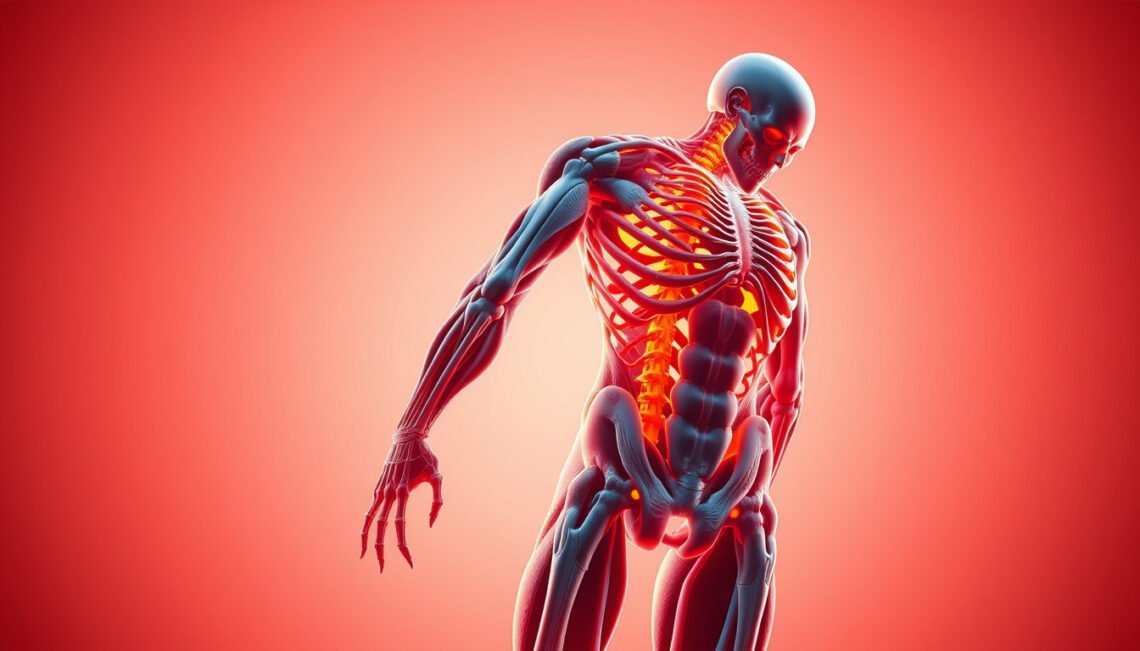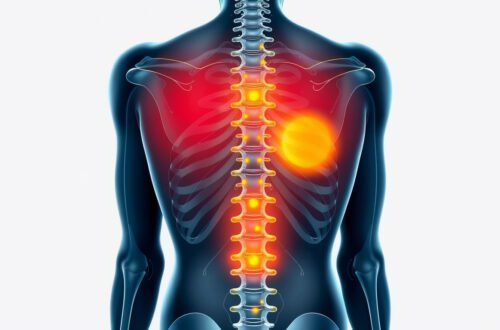Piriformis syndrome is a common yet often misunderstood condition that can significantly impact your daily life. If you’ve ever experienced sharp pain, numbness, or tingling in your buttocks or down your leg, it might be related to piriformis syndrome. In this article, we will delve into what piriformis syndrome is, explore its causes and symptoms, and discuss effective treatments to help you find relief. Whether you’re a patient seeking answers or a healthcare professional looking for a comprehensive overview, this guide aims to provide valuable insights into this often-overlooked condition.
What Is Piriformis Syndrome?
Piriformis syndrome is a neuromuscular disorder characterized by irritation or compression of the sciatic nerve by the piriformis muscle, a small muscle located deep in the buttock region. This condition can mimic other causes of sciatica, such as herniated discs, making accurate diagnosis crucial. According to healthcare authorities, piriformis syndrome accounts for a small percentage of sciatic nerve issues, but its impact on quality of life can be substantial (source).
Understanding the anatomy involved helps clarify why this syndrome occurs and how it can be effectively managed. The piriformis muscle assists in thigh rotation and hip stabilization. When it becomes tight or inflamed, it can impinge on the sciatic nerve, leading to symptoms that radiate down the leg.
Causes of Piriformis Syndrome
Several factors can contribute to the development of piriformis syndrome, often involving muscle overuse, injury, or anatomical variations. Here are some common causes:
- Trauma or Injury: A fall, car accident, or direct blow to the buttocks can inflame or irritate the piriformis muscle.
- Overuse or Repetitive Motion: Activities like running, cycling, or prolonged sitting can strain the muscle over time.
- Muscle Imbalances: Tightness in the piriformis or surrounding muscles can predispose individuals to nerve compression.
- Anatomical Variations: Some people have a shorter or thicker piriformis muscle, or a sciatic nerve that passes through or around the muscle, increasing susceptibility.
- Injury or Sedentary Lifestyle: Lack of movement or sudden increases in physical activity can both trigger symptoms.
Understanding these causes helps in tailoring effective prevention and treatment strategies, emphasizing the importance of maintaining muscular balance and avoiding repetitive stress.
Recognizing Symptoms of Piriformis Syndrome
The symptoms of piriformis syndrome can be similar to other conditions affecting the sciatic nerve, making accurate diagnosis essential. Typical signs include:
- Sharp or burning pain in the buttock, often worse after prolonged sitting or physical activity.
- Pain radiating down the back of the thigh, leg, or into the foot.
- Numbness, tingling, or a sensation of "pins and needles" along the affected leg.
- Discomfort when sitting, climbing stairs, or engaging in certain hip movements.
- Muscle tenderness in the buttock area.
The severity of symptoms can vary widely from mild discomfort to debilitating pain that limits mobility. Recognizing these signs early can lead to more targeted treatment and quicker recovery.
Effective Treatments for Piriformis Syndrome
Managing piriformis syndrome involves a combination of self-care, physical therapy, and in some cases, medical interventions. Here’s a breakdown of the most effective strategies:
1. Rest and Activity Modification
Avoid activities that exacerbate symptoms, such as prolonged sitting or repetitive motions. Incorporate gentle moves to avoid stiffness.
2. Physical Therapy
Targeted exercises help stretch and strengthen the piriformis and surrounding muscles. Physical therapists often focus on:
- Stretching exercises like the piriformis stretch or hip-opening poses.
- Strengthening exercises for hip stabilizers.
- Manual therapy techniques to reduce muscle tension.
3. Cold and Heat Therapy
Applying ice packs can reduce inflammation, while heat pads help relax tense muscles.
4. Medications
Nonsteroidal anti-inflammatory drugs (NSAIDs) can alleviate pain and reduce inflammation. In some cases, muscle relaxants may be prescribed.
5. Injections
Corticosteroid injections directly into the piriformis muscle can provide relief for persistent symptoms.
6. Lifestyle and Ergonomic Changes
Proper seating, regular breaks from sitting, and maintaining a healthy weight can prevent further aggravation.
7. Surgery (Rarely Necessary)
In rare cases where conservative measures fail, surgical options such as decompression of the sciatic nerve may be considered.
Tips for Prevention
- Regularly stretch the hip and buttock muscles.
- Incorporate core strengthening exercises.
- Avoid sitting for prolonged periods without movement.
- Practice good posture and ergonomic habits at work.
Conclusion
Understanding piriformis syndrome is essential for effective management and relief from the often disruptive symptoms it causes. Recognizing the causes and symptoms early enables you to seek appropriate treatment, which may include physical therapy, lifestyle modifications, or medical interventions. If you suspect you have piriformis syndrome, consult a healthcare professional for a comprehensive evaluation and personalized care plan.
Don’t let piriformis syndrome control your life—take proactive steps today to restore comfort and mobility. With proper knowledge and treatment, recovery is entirely possible.
Frequently Asked Questions About Piriformis Syndrome
Q1: Can piriformis syndrome go away on its own?
A1: Mild cases may improve with rest and conservative treatment, but persistent symptoms often require targeted therapy. Early intervention can speed up recovery and reduce the risk of chronic discomfort.
Q2: How is piriformis syndrome diagnosed?
A2: Diagnosis involves a physical exam, assessment of symptoms, and ruling out other causes of sciatica, such as herniated discs. Your healthcare provider may perform specific nerve tests or imaging studies.
Q3: What are some natural remedies for piriformis syndrome?
A3: Gentle stretching, massage, applying heat or cold, and maintaining good posture can help alleviate symptoms naturally. Always consult a healthcare provider before starting new remedies.
For long-lasting relief from piriformis syndrome, it’s important to seek professional advice tailored to your condition. Don’t wait until your symptoms worsen—take action now to regain your comfort and mobility!






